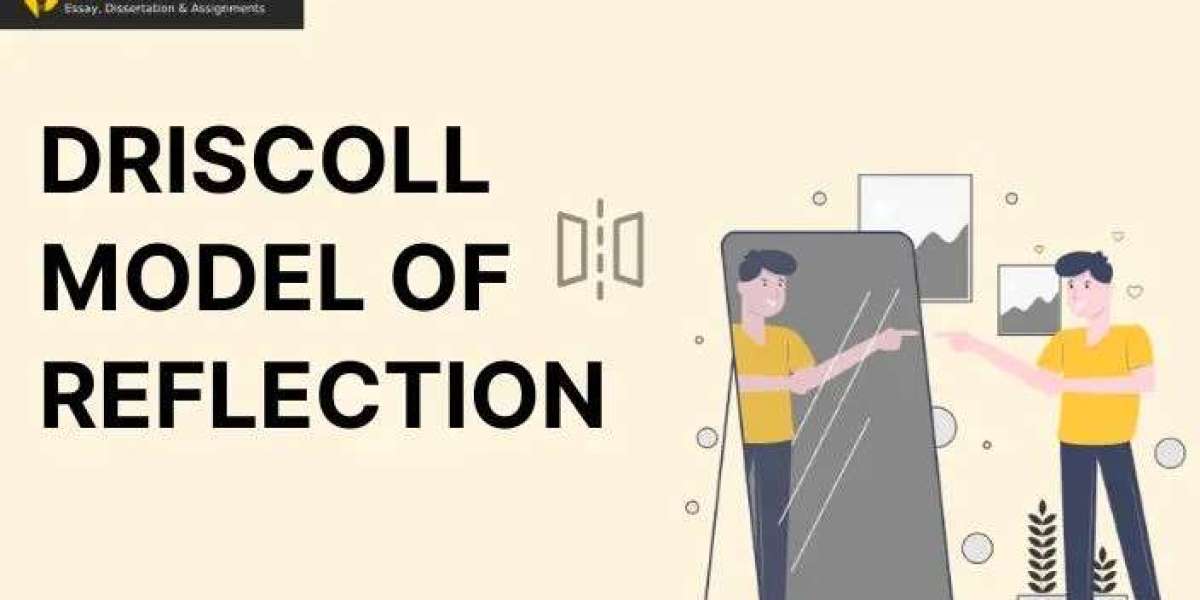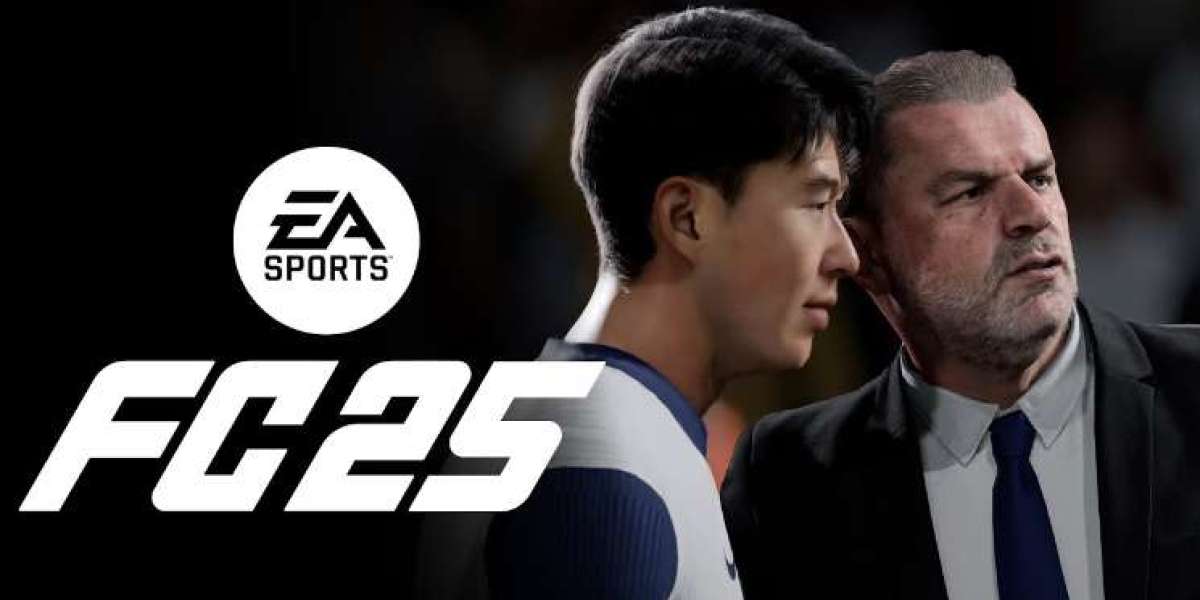Reflective practice is a crucial element in the educational journey of students, bridging the gap between theoretical learning in classrooms and the practical demands of professional careers. It enables students to assess their experiences, learn from them, and apply these insights in real-world situations. Among the many reflective models used in education, Driscoll's Reflection Model and Rolfe's Reflective Model stand out as effective frameworks that foster deep thinking, critical analysis, and continuous improvement. These models not only support academic success but also prepare students for long-term professional growth.
Understanding Reflective Practice
Reflective practice refers to the process of thinking critically about experiences, analyzing them, and using the insights gained to improve future actions. In education, reflection helps students internalize what they have learned, see connections between theory and practice, and become more self-aware of their strengths and areas for development. For professionals, reflection is key to maintaining a growth mindset and enhancing skills in dynamic and ever-evolving environments.
By regularly engaging in reflection, students develop the habit of continuous learning and self-improvement, which is highly valued in any profession. Reflective models such as those by Driscoll and Rolfe provide structured approaches to ensure that reflection is purposeful, effective, and leads to actionable insights.
Driscoll’s Reflection Model: A Simple and Structured Approach
Driscoll’s Reflection Model is often described as one of the simplest yet most powerful reflective frameworks. Developed by John Driscoll in the mid-1990s, this model encourages students to reflect on their experiences by answering three key questions:
- What?
- So What?
- Now What?
1. What?
In this first stage, students are prompted to describe an event or experience they encountered. The goal is to provide an objective and factual recount of what happened. For example, a student might reflect on a group project, explaining what the project was about, what their role was, and what challenges or successes were encountered.
By asking "What?" Driscoll's reflective model encourages students to focus on the details and context of an experience, ensuring they have a clear understanding of the situation before moving on to deeper reflection.
2. So What?
The second stage asks students to analyze the significance of the event or experience. This is where critical thinking comes into play. Students are encouraged to reflect on how the experience affected them, what they learned, and how it aligns with their existing knowledge or beliefs. They might consider questions like:
- How did the experience make me feel?
- What knowledge or skills did I apply?
- What were the consequences of my actions?
This stage allows students to connect their experiences to broader concepts or theories they have learned in the classroom, fostering a deeper understanding of how academic knowledge can be applied in real-world contexts.
3. Now What?
The final stage focuses on action. Students are asked to consider how they will apply what they have learned from the experience in future situations. This step is crucial for professional growth, as it helps students identify areas for improvement and plan strategies for overcoming challenges. Key questions include:
- How can I apply this learning in the future?
- What skills or knowledge do I need to develop further?
- How will this change my approach next time?
By following these three steps, students using Driscoll’s model not only reflect on their past experiences but also prepare for future challenges. This cyclical process of reflection and action mirrors the ongoing learning process that is vital in professional development.
Rolfe’s Reflective Model: A Deeper Dive into Professional Development
Similar to Driscoll’s model, Rolfe’s Reflective Model is built around three core questions: What?, So What?, and Now What? However, Rolfe’s model goes further in encouraging deeper exploration of experiences by linking reflection explicitly to theory and professional practice.
Rolfe, Freshwater, and Jasper introduced their reflective model in 2001, emphasizing the need for reflection that is both critical and action-oriented. Rolfe’s model is often used in nursing and healthcare, but its principles apply across many disciplines, making it a versatile tool for students preparing for any career.
1. What? (Description)
In Rolfe’s model, the "What?" stage is similar to Driscoll’s, asking students to describe the event or situation. However, Rolfe emphasizes not just what happened but also the context of the event, including the roles of everyone involved and the specific actions taken.
For students, this step is a chance to practice detailed observation and reporting, which are essential skills in many professional settings. A clear, unbiased description of the event sets the foundation for more meaningful reflection.
2. So What? (Analysis)
The "So What?" stage in Rolfe’s model encourages students to think about the significance of the experience on multiple levels. This stage requires more than just personal reflection; students are asked to consider the theoretical, ethical, and practical implications of their actions. Key questions in this stage might include:
- What does this event reveal about my skills, values, or knowledge?
- How does it relate to relevant theories or professional standards?
- What were the broader consequences of my actions for others involved?
In professional development, this stage is critical for recognizing how day-to-day actions and decisions can have significant, far-reaching impacts. By linking their experiences to theory and professional expectations, students can gain deeper insights into their readiness for the workplace.
3. Now What? (Action Plan)
As in Driscoll’s model, the "Now What?" stage in Rolfe’s model focuses on action, but with a stronger emphasis on professional growth. Here, students are encouraged to think about how their experiences will shape their future professional practices, including how they will deal with similar situations, apply new knowledge, or improve specific skills.
For example, after reflecting on a challenging teamwork experience, a student might decide to focus on developing better communication skills or learn more about conflict resolution strategies. This forward-thinking approach aligns with the expectations of employers, who value employees who can reflect on their experiences and take proactive steps to improve.
Preparing Students for the Professional World
Both Driscoll’s and Rolfe’s models equip students with the reflective skills needed to transition smoothly from the classroom to the professional world. Here’s how these models prepare students for long-term career growth:
Self-Awareness: Reflective models help students become more aware of their strengths and weaknesses, an essential quality in any profession. Self-aware individuals are better able to identify areas for improvement and take responsibility for their learning and development.
Critical Thinking: By encouraging students to analyze their experiences and link them to theoretical knowledge, reflective models foster critical thinking skills. In the professional world, critical thinking is necessary for problem-solving, decision-making, and adapting to new challenges.
Adaptability: Reflecting on experiences allows students to learn from their mistakes and successes, making them more adaptable to change. In a rapidly evolving job market, the ability to learn and adapt is key to long-term career success.
Continuous Learning: Both Driscoll’s and Rolfe’s models emphasize the importance of planning for future actions. This focus on continuous learning encourages students to seek out new opportunities for growth and development, both during and after their academic careers.
Conclusion
Reflective models like those developed by Driscoll and Rolfe are powerful tools for bridging the gap between academic learning and professional practice. By guiding students through structured reflection, these models encourage deep thinking, critical analysis, and a proactive approach to personal and professional growth. As students prepare to transition from the classroom to the workplace, reflective practice will not only help them succeed in their careers but also foster lifelong learning and development.
Incorporating reflective practices into the educational journey ensures that students are not just prepared for their first job but are equipped with the skills to thrive in their chosen profession for years to come.




